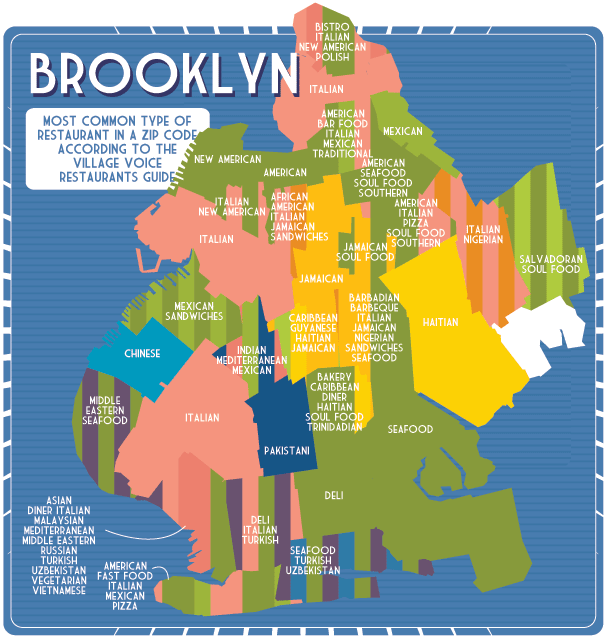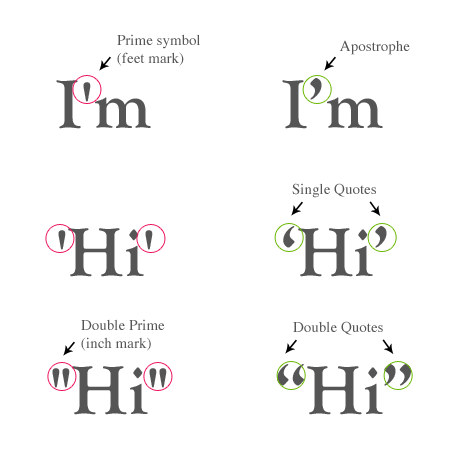
Pop sociologist Malcolm Gladwell’s recent essay in The New Yorker, “Twitter, Facebook, and Social Activism,” is wrong in the way that a lot of his broad-strokes claims miss the finer points. He teases with toss away lines like: “Are people who log on to their Facebook page really the best hope for us all?” His focus is on social media’s ability to connect to strangers. But what about its ability to connect us to each other? What if it can strengthen communities, not pull them apart? My argument that it does hold this potential also runs counter to Robert Putnam’s claim: “My hunch is that meeting in an electronic forum is not the equivalent of meeting in a bowling alley–or even in a saloon.”
My current research is on how place-based communities (or just ‘communities’ in the traditional sense of the word) use social media to shape media narratives and mobilize resources in moments of crisis. It’s still a few stages from publication, but I’ll be excited to prove Gladwell wrong. The more we know about how social media works well in some communities, and not in others, the better we can address inequalities that spill over from the virtual world to the real one.
Update (1/27/11): Tweeters and commentators are directly calling out Gladwell’s thesis:
@monaeltahawy I wonder how Gladwell will feel after #jan25 #egypt and #tunisia, particularly since these were total grassroots
RT @Firas_Atraqchi da ghabi wala eih? totally disagree with Gladwell – his is an ethnocentric approach, Iran is NOT the whole MENA ..
In #Egypt 4 somethng overinflated, useless we say “Soak it in water&drink it” = Malcolm Gladwell, social media, #Jan25 http://nyr.kr/dBIqZC
Some1 tell Malcolm Gladwell to eat this: #Twitter, #Facebook, and social activism http://nyr.kr/dBIqZC #Jan25 #Egypt
@sandmonkey: This is becoming the region first telecommunication civil war. Our internet & smart phones are weapons they won’t allow us to have. #jan25
(Thanks to PI for the tips.)








